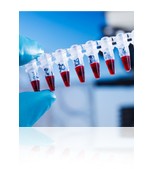
We offer a range of ultra pure, high-quality reagents for a variety of molecular biology applications such as nucleic acid electrophoresis, nucleic acid purification and sequencing, PCR and more.
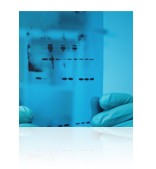
From immunodetection reagents to protein purification, we offer a range of high-quality reagents that are pre-qualified for your protein research needs.
Browse Protein Chemistry Products
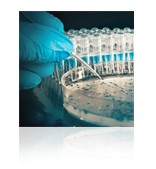
We offer a range of high-purity reagents that have been optimized for various for cell and tissue culture applications including antibiotics, amino acids and media.
Fisher BioReagents offers a wide range of reagents for Nucleic Acid Electrophoresis applications. Choosing the right reagents will allow you to achieve optimal results in your experiment. Use our quick selection guides to assist you in finding the right grades of Agarose, Buffer and Ladders.
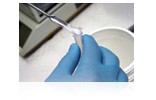
Agarose is a linear polysaccharide composed of alternating residues of D- and L-galactose that are joined by glycosidic linkages. Agarose forms gels that are both porous and resilient. These gel properties provide a sieving matrix, which allows the electrophoretic separation of charged macromolecules, such as DNA or RNA, according to size. Compared to polyacrylamide gel, agarose has a lower resolution but wider range of separation. Lower grades of agarose can be contaminated with other polysaccharides, salts and proteins. Such impurities can alter the gelling/melting temperature of agarose solutions or affect the ability to use the recovered nucleic acid sample in a post-electrophoresis application.
More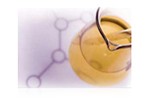
Two buffers commonly used for DNA agarose electrophoresis are Tris-acetate with EDTA (TAE; 40mM Tris-acetate, 1mM EDTA) and Tris-borate with EDTA (TBE, 89mM Tris-borate, 2mM EDTA). Because the pH of these buffers is neutral, the phosphate backbone of DNA has a net negative charge and migrates toward the anode. TAE and TBE have different properties, which makes one more suitable than the other for a specific purpose.
More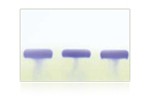
To achieve the most accurate qualitative and quantitative analysis via agarose gel electrophoresis, the appropriate DNA or RNA standard is required. Fisher BioReagents provides a wide range of standards, including routine DNA ladders for quick size and quality assessment as well as Fisher Bioreagents™ exACTGene™ DNA ladders that allow for quantitative analysis.
More